Our corporate environment is complicated. The conventional corporate model is at a crossroads. Employee happiness, corporate power, and healthy competition are often called into question.
Many of the issues that businesses are dealing with today are connected to their learning techniques. This includes their adaptability and willingness to take on competitive challenges.
In this rigorous climate, organizational learning has proven critical to survival. Employees share decision-making authority and corporate responsibility in it. It assists firms in adapting to environmental variables and learning from previous failures. This important understanding will come in handy in the next few days.
Organizational learning leads to increased operational efficiency. However, it is fraught with uncertainties. Many companies struggle to implement their ideas in their day-to-day operations.
Today, we’ll take an evidence-based approach to organizational learning techniques. We’ll look at the related approach that companies must use to put their ideas into action.
Begin from the top.
What does learning imply for business? What is the significance of this? What critical abilities will the organization need in the future? Are such talents currently prevalent in the workforce, or will they need to be developed? Is there a learning culture or a ‘blame’ culture in which failures are seen as catastrophes rather than learning opportunities?
Make sure people at the top realize that if they genuinely want to create a learning atmosphere, they must walk the walk and invest in their own development as well.

Success should be celebrated.
The transformation into a learning organization will be gradual. Celebrate each victory and milestone to show individuals they’re on the correct road.
Being a member of a learning organization is a thrilling experience. It may also be really difficult. A learning organization can provide an extraordinary opportunity to acquire new skills and advance your career if you embrace it with the strong mindset and communication skills.
Set a good example.
Employees will perform the majority of the hard work in transitioning to a learning company in the long term. To begin, though, management should model the kind of behaviors they wish to see. Begin executing your learning and discussion methods at the highest level possible. Discuss the adjustments with the staff. People will be more likely to adjust if they realize that this is the new corporate culture.
Make active learning possibilities available.
Put all of your expert knowledge from the previous phase to use by designing courses and wikis that engage and serve your learners. Even better, have the prior step’s specialists design the courses themselves. A collaborative learning platform will make this easier by enabling your experts to swiftly build courses and even collaborate on them.
Create interactive courses
Instead of standard lectures, create interactive courses where applicable. Interactive courses enable your employees to respond to questions through a digital quiz, work through scenarios, and connect with the knowledge in ways that passive learning does not. Active learning also aids in the retention of knowledge more than its passive learning counterpart.
Encourage Collaborative Learning
In addition to interactive courses, you should build active learning circumstances that make use of collaborative learning. Mentorships or onboarding buddy programs are a simple method to engage two or more workers in knowledge sharing while also assisting your team in getting to know one another.
Encourage performance discussions.
Managers often place the yearly performance evaluation at the bottom of their priority list. However, it is the interaction between managers and their teams that will show gaps in skills or knowledge, reveal people’s objectives and motivations, and drive learning.
Performance management software is not a substitute for the discussion, but it can assist to guarantee that assessments are regular and take place on time – as well as offering a single location where information about what has been discussed and agreed upon can be recorded. It is also critical to ensure that managers are prepared with the ability to have dialogues with both mediocre and stellar performers.
Takeaway
To summarize, a learning organization encourages people to be creative and make errors without fear of repercussions. As a result, in an increasingly competitive market, instilling these values in your staff is likely to have positive effects on your company objectives.
Learning groups promote lifelong learning and continual cooperation, which contributes to the overall group’s success. Everyone has the opportunity to make errors and learn from them, which leads to new innovative ideas and profit-generating possibilities.
Encourage dialogue and the exchange of information. Also, change the emphasis from money to people–and watch your business evolve.
Have any questions regarding the topic “Your Complete Guide To Building A Sustainable Learning Organization?” Feel Free to comment down below.
Also Read: Organizational Culture Inventory
Also Read: Developing Human Potential in the Workplace



